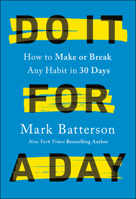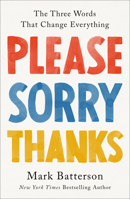Prester John
Select Format
Select Condition 
More by Mark Batterson
Book Overview
After his father dies, nineteen-year-old David Crawfurd is sent to South Africa to seek his fortune. A strange encounter on the voyage suggests that a tribal uprising is afoot, and David soon finds himself involved - at great risk to his life - with the charismatic leader, John Laputa.
Prester John was John Buchan's first adventure story and is comparable in style and place to Rider Haggard and Robert Louis Stevenson.
With an introduction by Trevor Royle.
This edition is authorised by the John Buchan Society.
Prester John was John Buchan's first adventure story and is comparable in style and place to Rider Haggard and Robert Louis Stevenson.
With an introduction by Trevor Royle.
This edition is authorised by the John Buchan Society.
Format:Mass Market Paperback
Language:English
ISBN:1846974054
ISBN13:9781846974052
Release Date:April 2020
Publisher:Polygon
Length:224 Pages
Weight:0.45 lbs.
Dimensions:0.7" x 5.0" x 7.7"
You Might Also Enjoy
Customer Reviews
5 customer ratings | 5 reviews
There are currently no reviews. Be the first to review this work.































































